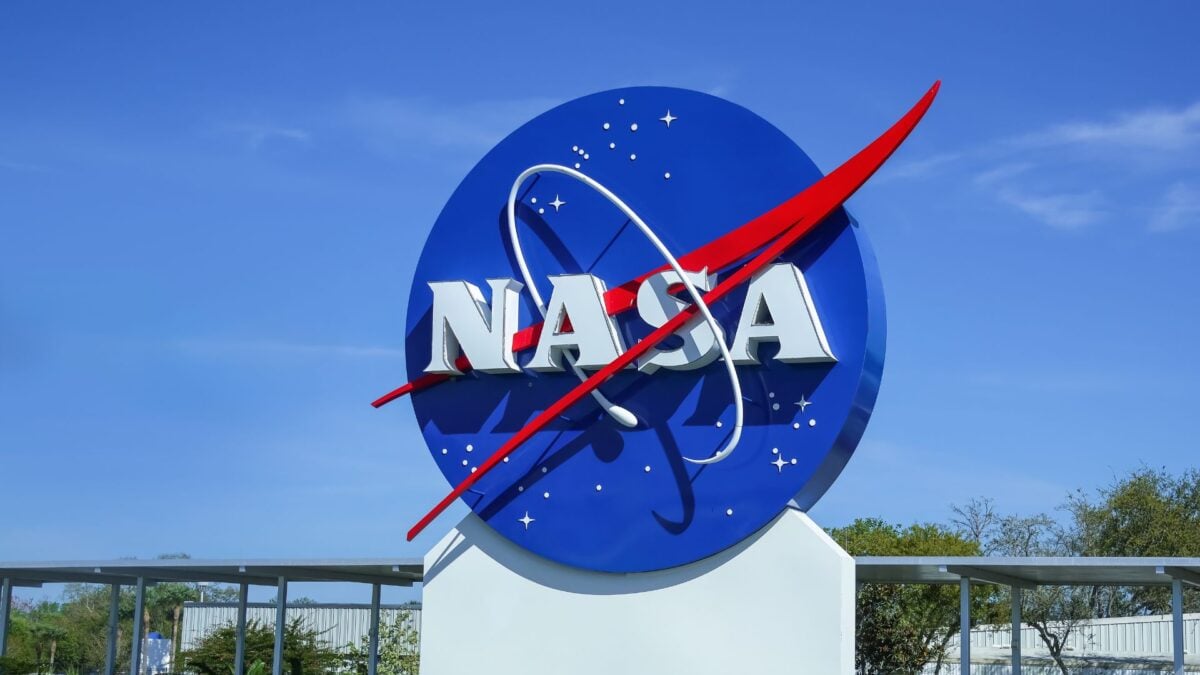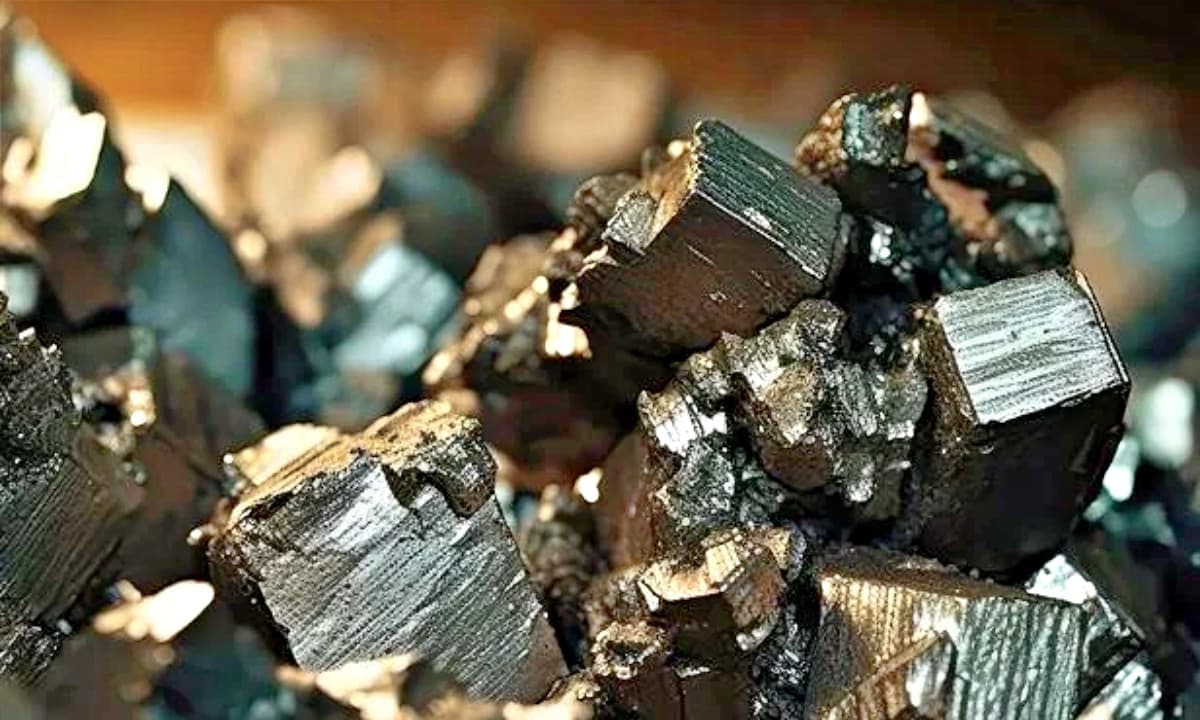Nearly 4,000 NASA Employees Quit as Part of Trump Buyouts

More than 20% of NASA’s civil workforce has elected to leave the agency since President Trump took office in January, the agency revealed on Friday, July 25. In the latest wave of resignations, thousands accepted deals through the Trump administration’s deferred resignation program.
In a statement emailed to SpaceNews on Friday, NASA said about 3,000 employees applied for buyouts through a second round of the program. Earlier this year, the first round saw 870 staffers leave the agency. The nearly 4,000 resignations could shrink NASA’s civil servant workforce from about 18,000 to 14,000 personnel, including about 500 employees lost through normal attrition, according to CBS News. NASA noted that these figures are subject to change depending on the number of employees whose resignations are denied or who withdraw their buyout applications. Still, this latest blow to the agency’s workforce deepens concerns about NASA’s ability to uphold its mission and achieve key goals.
“Major programmatic shifts at NASA must be implemented strategically so that risks are managed carefully,” a July 21 statement signed by 363 scientists and current and former NASA employees reads. “Instead, the last six months have seen rapid and wasteful changes which have undermined our mission and caused catastrophic impacts on NASA’s workforce.”
The document, titled “The Voyager Declaration,” was addressed to newly appointed acting administrator Sean Duffy, a Trump loyalist who suddenly replaced Janet Petro on July 9. NASA employees submitted the declaration to Duffy on the 56th anniversary of the Moon landing. It argues that recent, haphazard changes to the agency threaten to “waste public resources, compromise human safety, weaken national security, and undermine the core NASA mission.”
Gizmodo reached out to NASA for comment but did not receive a response by the time of publication. In the Friday statement, NASA spokesperson Cheryl Warner told SpaceNews that safety “remains a top priority” for the agency as it balances the need to become more streamlined and efficient with its pursuit of a “Golden Era” of exploration and innovation.
Contrary to sweeping staff cuts and proposed budget reductions, the Trump Administration has set high expectations for NASA, pressuring the agency to return to the Moon before China and ensure that the first human on Mars is an American. To achieve these ambitious goals, NASA will need its best people, programs, and funding, Keith Cowing, an astrobiologist and former NASA employee who now serves as editor of NASA Watch, told Gizmodo.
“We don’t got none of that…And yet, somehow, we’re going to go to Mars sooner,” Cowing said.
NASA has not disclosed the demographics of the 3,000 newly departing employees, so it’s unclear which offices or mission directorates will be hit hardest by this second exodus. Regardless, it marks a significant loss of expertise, with anecdotal observations suggesting many of the resigning employees are senior personnel, SpaceNews reports.
On Friday, Duffy sent an agency-wide memo to NASA employees thanking those who opted to resign for their service. “Your work has helped shape NASA’s extraordinary legacy of discovery and innovation,” he wrote. “Whether you are continuing the journey here or taking your next step beyond, your contributions will always be part of the foundation we build on.”
Cowing argues that it will be difficult to build upon the agency’s critically weakened foundation, and it won’t be long before we see the consequences of gutting NASA and other core institutions of American science and technology.
“It will scare us when we realize what we’ve done, and we’ll be clamoring to fix it,” he said. “There wasn’t a plan for taking it apart, and there certainly won’t be a plan for putting it back together.”








